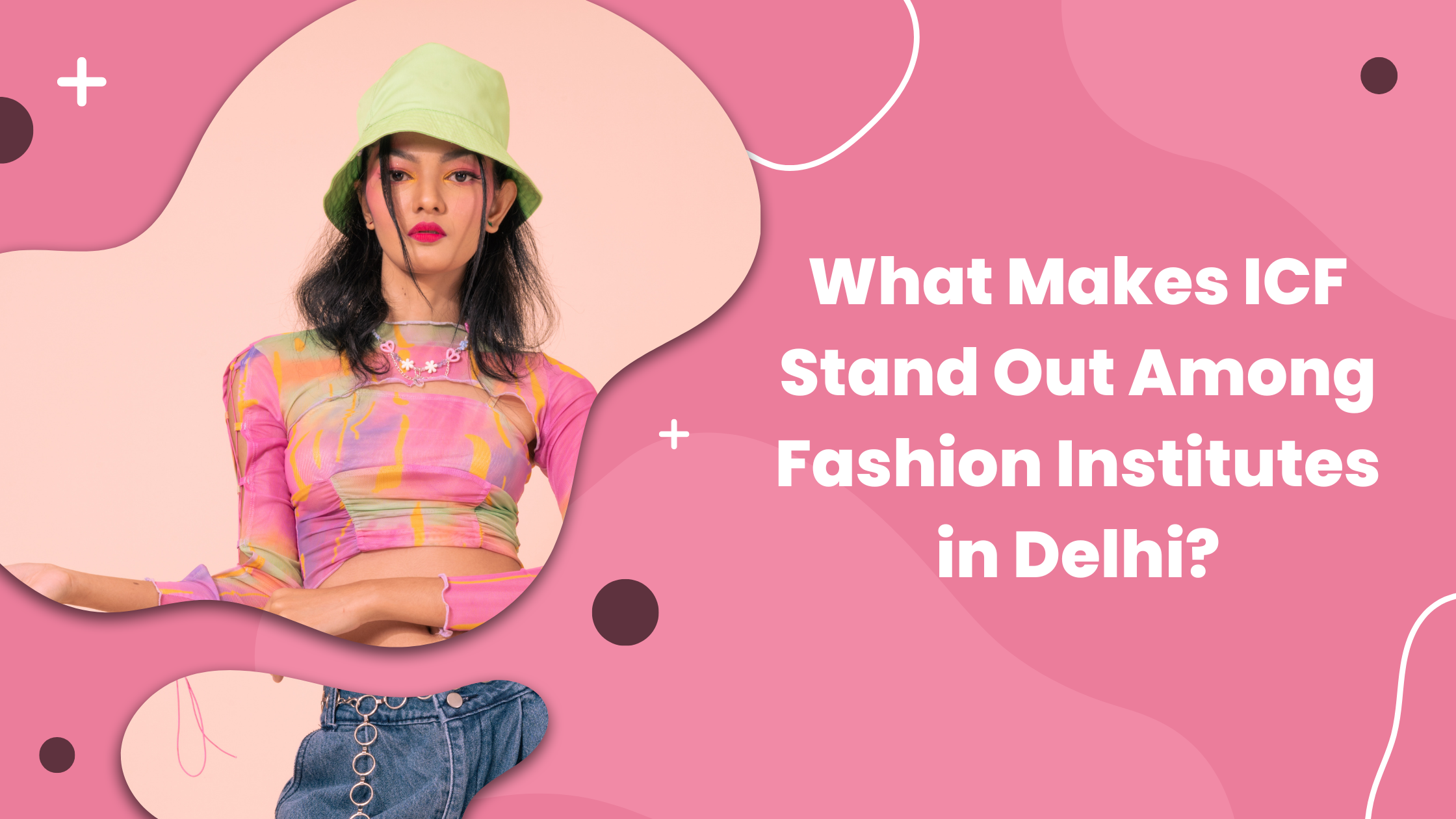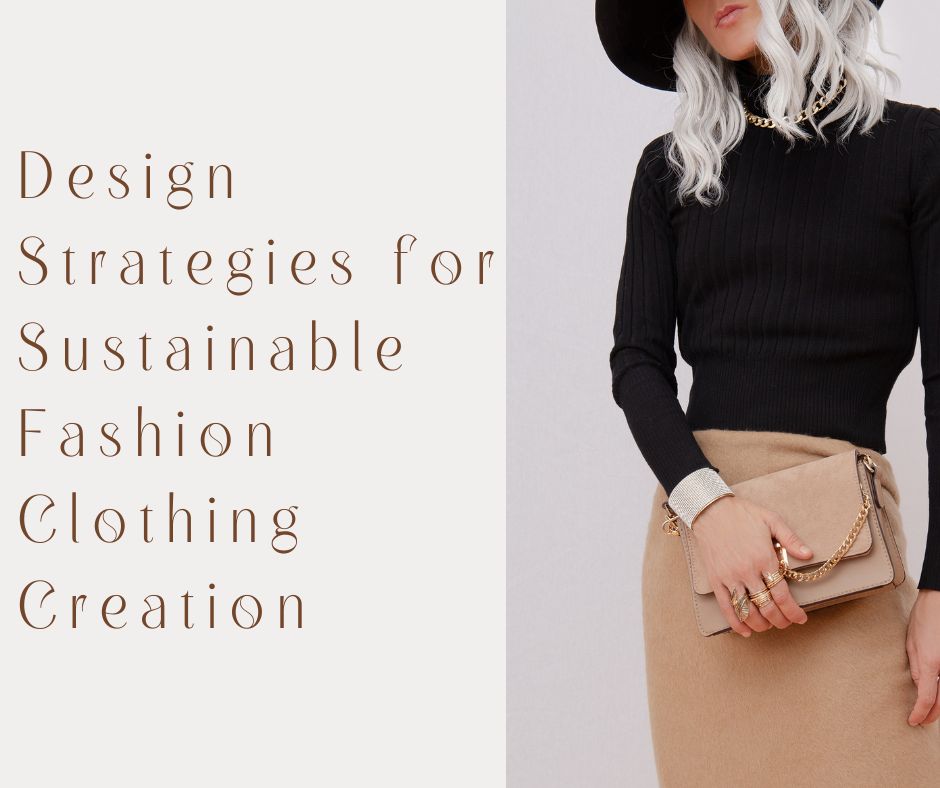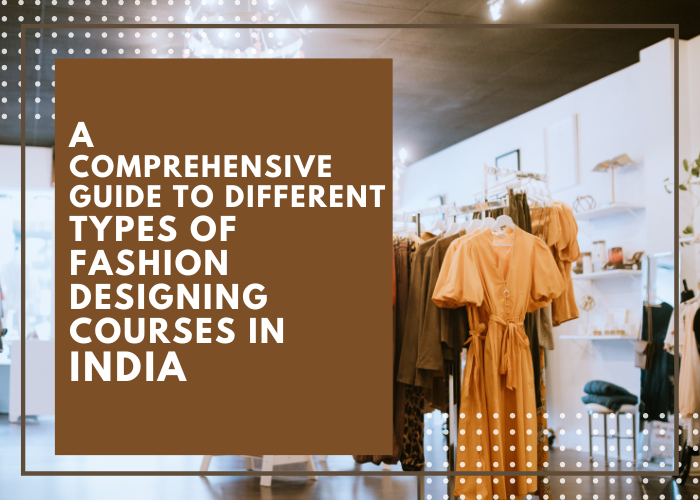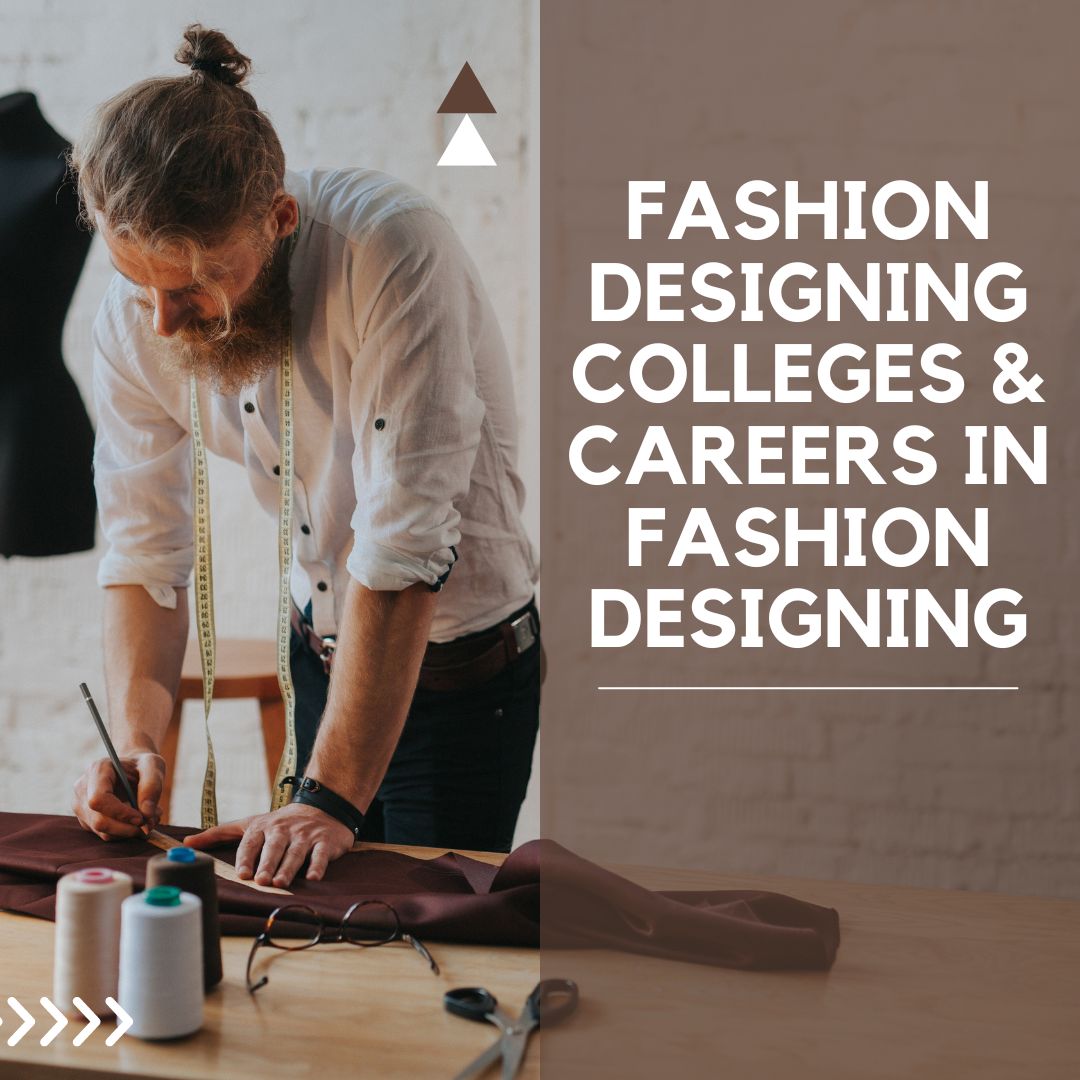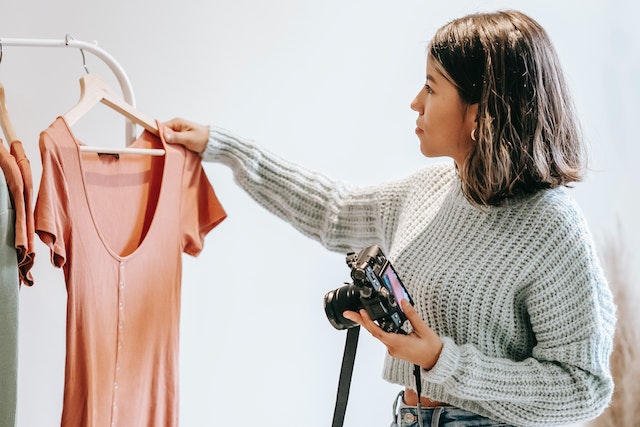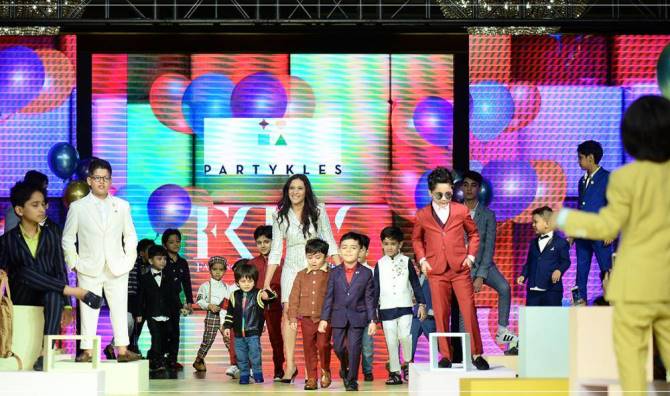Delhi, India’s fashion capital, is home to a myriad of educational institutions vying to nurture the next generation of fashion professionals. Amidst this competitive landscape, what makes the International College of Fashion (ICF) the premier destination for students seeking an unparalleled education in the dynamic world of fashion? In this concise, professional, and engaging guide, we’ll dive into the exceptional qualities that elevate ICF as a leading fashion institute in Delhi and the top choice for students with ambitious aspirations. Are you ready to discover the unique features that set ICF apart from the rest?
Industry-Aligned Curriculum
A relevant and up-to-date curriculum is the cornerstone of any successful educational institution. ICF prides itself on offering a cutting-edge curriculum that keeps pace with the ever-evolving fashion industry. By focusing on the latest trends, technologies, and best practices, ICF ensures its students acquire the knowledge and skills required to excel in their careers.
ICF’s hands-on learning approach allows students to gain practical experience through live projects, internships, and collaborations with renowned fashion brands. This industry-aligned curriculum bridges the gap between theoretical knowledge and realworld applications, preparing students for the competitive job market.
ICF’s hands-on learning approach allows students to gain practical experience through live projects, internships, and collaborations with renowned fashion brands. This industry-aligned curriculum bridges the gap between theoretical knowledge and realworld applications, preparing students for the competitive job market.
Experienced Faculty and Industry Experts
The faculty at ICF comprises experienced professionals and accomplished experts in the fashion industry. Their diverse design, management, marketing, and entrepreneurship backgrounds provide students with invaluable insights and guidance throughout their academic journey.
ICF also invites industry experts for guest lectures and workshops, offering students a unique opportunity to learn from the best in the business. These interactions with successful professionals enable students to understand the practical aspects of the industry, network with potential mentors, and gain a deeper understanding of the various career paths available to them
State-of-the-Art Infrastructure
A modern, well-equipped infrastructure is crucial in fostering a conducive learning environment for fashion students. ICF offers state-of-the-art facilities, including spacious classrooms, advanced laboratories, and creative studios that cater to the diverse needs of its students.
ICF’s infrastructure is designed to facilitate hands-on learning and experimentation, providing students with access to advanced tools, software, and technologies used in the fashion industry. This immersive learning experience helps students develop the practical skills necessary for a successful career in fashion.
Comprehensive Course Offerings
ICF boasts diverse programs designed to cater to students’ varied interests and career aspirations. The institute offers undergraduate, postgraduate, and diploma courses in fashion design, fashion management, and entrepreneurship.
Each specialized course at ICF focuses on a unique aspect of the fashion industry, providing students with in-depth knowledge and expertise in their chosen field. The interdisciplinary learning approach encourages students to explore various facets of the fashion world, fostering collaboration and innovation.
Strong Industry Connections
Industry connections play a vital role in ensuring the success of students pursuing a career in fashion. ICF has built an extensive network of industry partners and collaborators, providing students with ample internships, placements, and industry exposure opportunities.
ICF’s strong industry connections enable students to gain hands-on experience working with renowned fashion brands, designers, and organizations. This real-world exposure is instrumental in shaping students’ careers and helping them make informed choices about their professional paths.
Emphasis on Entrepreneurship and Innovation
Fostering an entrepreneurial mindset is essential in today’s competitive fashion landscape. ICF recognizes the importance of nurturing creativity and innovation among its students and offers a variety of initiatives to support budding entrepreneurs.
ICF’s entrepreneurship-focused programs equip students with the skills and knowledge to launch their fashion ventures. The success stories of ICF alumni, who have established their brands and businesses, testify to the institute’s commitment to nurturing entrepreneurial talent.
Vibrant Campus Life
Campus life significantly shapes students’ overall experience and personal growth at a fashion institute. With a range of activities and events that encorage a sense of community and belonging among students, ICF offers a dynamic and interesting campus life.
From fashion shows and design competitions to cultural events and workshops, ICF’s campus life encourages students to explore their passions, hone their skills, and form lasting friendships. ICF’s supportive and inclusive campus culture ensures that students feel welcome and valued, contributing to their overall success and personal development.
International Exposure
Global exposure is vital for fashion students, as it broadens their horizons and helps them understand the intricacies of the international fashion industry. ICF is committed to providing its students with ample opportunities for international exposure through affiliations and collaborations with prestigious fashion institutions worldwide.
ICF offers study abroad programs and exchange opportunities, allowing students to gain valuable insights into global fashion trends and practices. Additionally, the institute hosts international guest lecturers who share their expertise and perspectives, further enhancing students’ understanding of the global fashion landscape.
Conclusion
In conclusion, the International College of Fashion distinguishes itself among fashion institutes in Delhi through its industry-aligned curriculum, experienced faculty, stateof-the-art infrastructure, comprehensive course offerings, strong industry connections, emphasis on entrepreneurship and innovation, vibrant campus life, commitment to international exposure. These unique features make ICF a top choice for students seeking a well-rounded education in the fashion industry.
If you’re considering a career in fashion and looking for a premier fashion institute in Delhi, we encourage you to explore ICF’s programs and offerings. Visit our campus and experience the exceptional educational environment that has helped countless students achieve their dreams in the fashion world.

